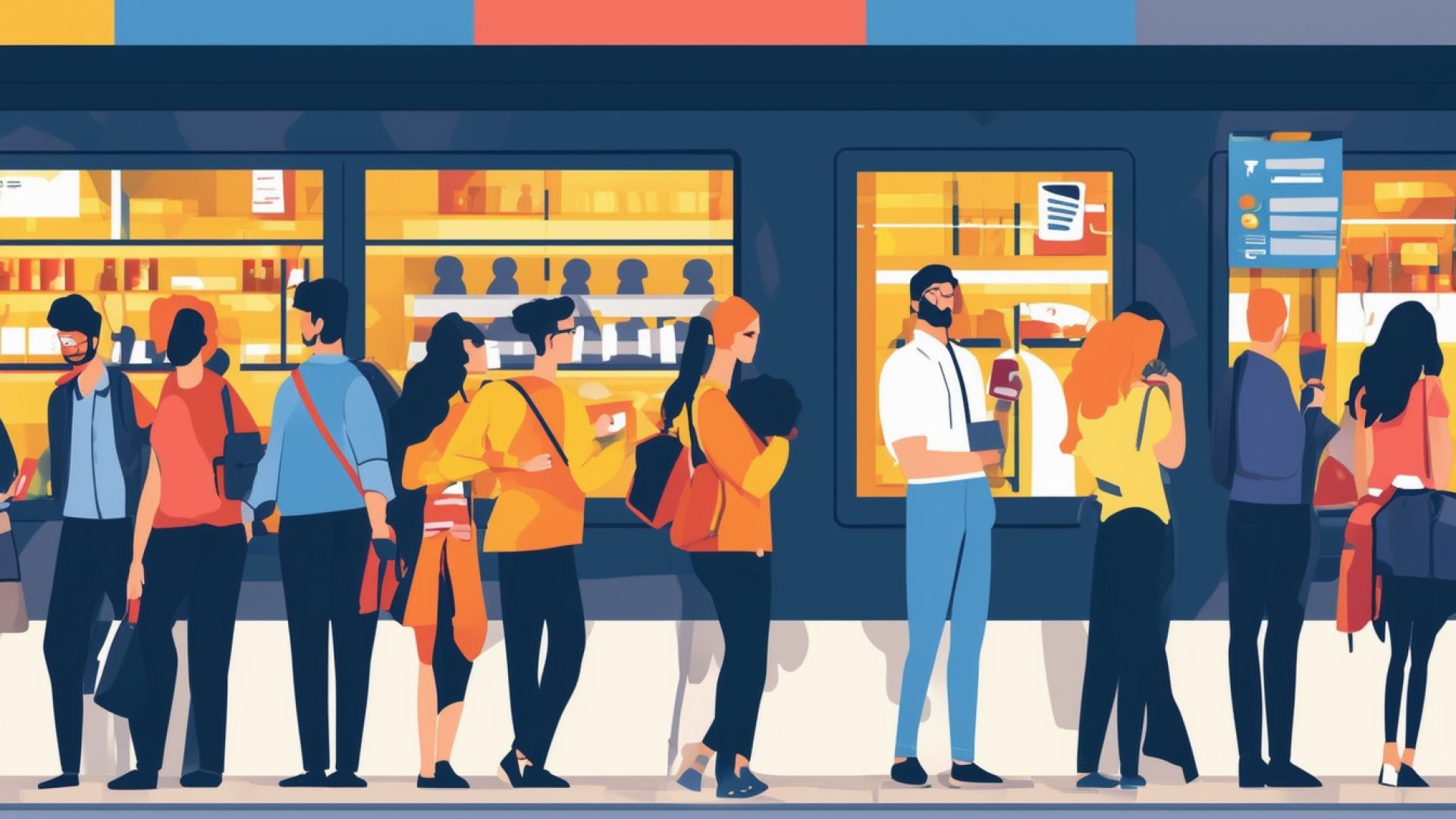How To Keep Your Attendees Waiting in Line Happy
Importance of a positive waiting experience
Why waiting experience matters
The waiting experience at events can significantly influence attendees' overall satisfaction. A well-managed waiting period can set a positive tone for the entire event, making guests feel valued and respected. On the other hand, a poorly managed waiting experience can lead to frustration and dissatisfaction, overshadowing even the most well-planned event activities.
Understanding the importance of a positive waiting experience is crucial for event planners. It not only helps in maintaining a good reputation but also ensures that attendees are more likely to return for future events. A seamless waiting experience can enhance the overall perception of the event, making it memorable for all the right reasons.
The impact of negative waiting experiences
Negative waiting experiences can have a detrimental effect on an event's success. Long, unorganized lines and lack of communication can lead to frustration and impatience among attendees. This can result in negative word-of-mouth, which can harm the event's reputation and reduce future attendance.
Moreover, a negative waiting experience can overshadow the event's highlights. Even if the main event is spectacular, the initial frustration can linger in attendees' minds, affecting their overall impression. Therefore, it is essential to address and improve the waiting experience to ensure a positive outcome.
Benefits of improving waiting experience
Improving the waiting experience offers numerous benefits. Firstly, it enhances attendee satisfaction, making them more likely to enjoy the event and participate actively. A positive waiting experience can also lead to increased loyalty, with attendees more likely to return for future events.
Additionally, a well-managed waiting period can streamline the event's overall flow. By reducing bottlenecks and ensuring smooth entry, event planners can maintain a steady pace, preventing delays and overcrowding. This not only improves the attendee experience but also makes the event more manageable for staff.
Strategies to improve waiting experience
Provide entertainment to engage attendees
One effective strategy to improve the waiting experience is to provide entertainment. Interactive entertainment options can keep attendees engaged and make the waiting time feel shorter. For example, live performances, games, or interactive displays can capture attendees' attention and create a lively atmosphere.
Additionally, offering fun beverage options can enhance the waiting experience. Providing refreshments not only keeps attendees hydrated but also adds an element of enjoyment. These small touches can make a significant difference in how attendees perceive the waiting period.
Offer personal services to make waiting comfortable
Personal services can greatly enhance the comfort of attendees during the waiting period. Simple amenities like seating areas, shade, and refreshments can make a big difference. Ensuring that attendees have access to these comforts can prevent frustration and make the wait more pleasant.
Moreover, pre-registration and mobile check-in can speed up the process, reducing the actual waiting time. By allowing attendees to check in via mobile devices, event planners can streamline entry and minimize delays. This not only improves efficiency but also enhances the overall attendee experience.
Communicate with attendees to minimize frustration
Effective communication is key to minimizing frustration during the waiting period. Keeping attendees informed about wait times and event details can prevent uncertainty and reduce anxiety. Mobile push notifications can be used to update attendees on important information, such as panel availability or schedule changes.
Additionally, having staff members available to answer questions and provide information can make a significant difference. Placing staff at the end of the line to confirm its purpose and address any concerns can help maintain order and ensure that attendees feel supported.
Practical implementation tips
Create a pleasant atmosphere
Creating a pleasant atmosphere is essential for a positive waiting experience. This can be achieved through thoughtful design and attention to detail. For example, providing comfortable seating, adequate lighting, and pleasant decor can make the waiting area more inviting.
Additionally, playing background music or offering visual entertainment can enhance the atmosphere. These elements can create a more enjoyable environment, making the waiting period feel less tedious and more engaging for attendees.
Utilize technology for efficient check-ins
Utilizing technology can greatly improve the efficiency of check-ins. Mobile check-in systems allow attendees to register and check in using their smartphones, reducing the need for long lines. This not only speeds up the process but also provides a more convenient experience for attendees.
Event planners can also use technology to manage entry times. For example, a timed entry system can be implemented, allowing a new batch of attendees to enter at regular intervals. This helps in managing crowd flow and preventing overcrowding, ensuring a smoother entry process.
Gather feedback and continuously improve
Gathering feedback from attendees is crucial for continuous improvement. By understanding their experiences and identifying areas for improvement, event planners can make necessary adjustments for future events. Feedback can be collected through surveys, social media, or direct interactions with attendees.
Continuous improvement is key to maintaining a positive waiting experience. By regularly assessing and refining the waiting process, event planners can ensure that attendees have a consistently positive experience, enhancing the overall success of the event.







